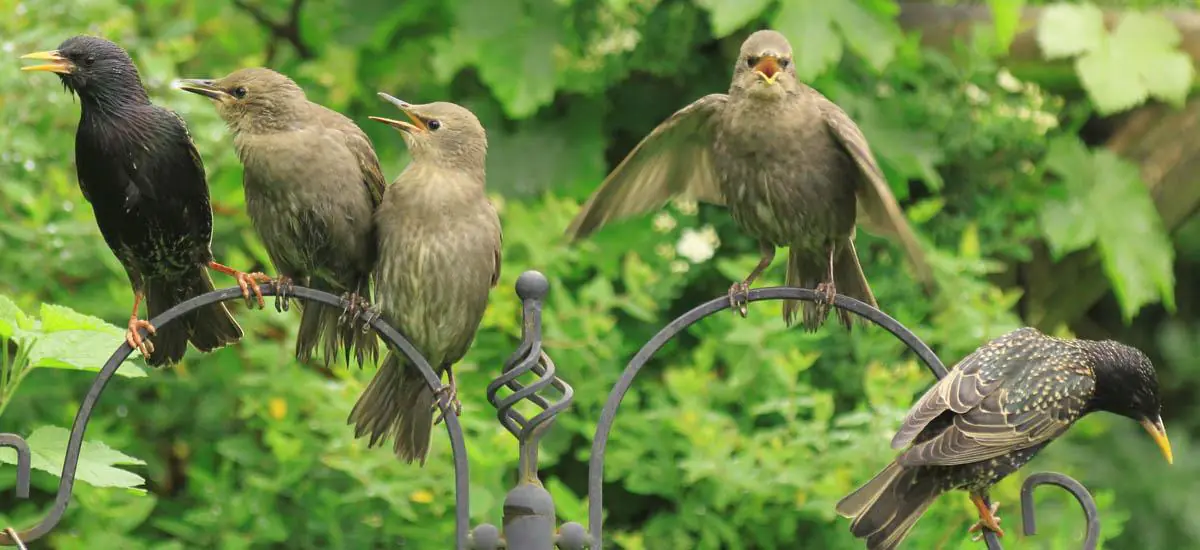A Decline in Starlings
I am sure that many will have seen on TV the spectacular and hypnotic flying displays made by starlings about to go to their winter roosting sites. Lucky ones among us will have seen it in real life – good sites are spread across the country from the Somerset reed-beds to coastal piers and there is regularly a large (200,000 plus) starling roost in Wiltshire, close to Gore Cross on the edge of Salisbury Plain; some however go into the millions. Ornithologists still aren’t really sure why they do it, but whatever the reason, it is certainly a magical display and one of the highlights at the end of a winter day. Despite these numbers, however, starlings are in a bit of bother.
The BTO records the species’ UK conservation status as RED, because of a greater than 50% decline in recent years in this country. In Europe and worldwide this concern is not found – only here have starlings declined so drastically. Looking at the actual numbers, currently the breeding population is estimated at 1.8 million pairs, can be rather misleading, until we calculate that the decline in numbers means that 25 years ago there would probably have been close to 4 million pairs and in 25 years’ time the numbers might well halve again if nothing is done about it. This is the sort of situation that causes species to disappear from this planet.

Starling close-up at the Ivel Valley farm
Now, starlings are not yet in that situation, because worldwide numbers are stable – it is only here that there appears to be a problem. Starlings are hole nesters, and holes in nature are limited both in supply and suitability for particular species. Despite being fairly aggressive birds and well armed with a sharp beak, they are no match for species such as great spotted woodpecker and feral ring-necked parakeet, which are also hole nesters and both of which have greatly expanded their populations in recent years. But starlings also love to nest in our buildings and here they face the same problems as two other species which use our houses and which are also in decline: house sparrow and swift.
Modern buildings make few allowances for wildlife, although some enlightened house builders are now including specially designed nesting bricks for these two species, but nobody appears to be thinking about the starling. Every older house that is modernized usually has the available holes blocked off, so it is almost certain that lack of nesting sites is the major factor in the problem. Nest boxes would help I am sure – the hole size for starlings is 45mm (1¾”). Fortunately our local starlings have somewhere to nest in an adjacent row of houses, and make very regular use of the mealworms we put out for the robins – and I don’t begrudge them.
Written by Mike Smith, Ornithologist for Ivel Valley

